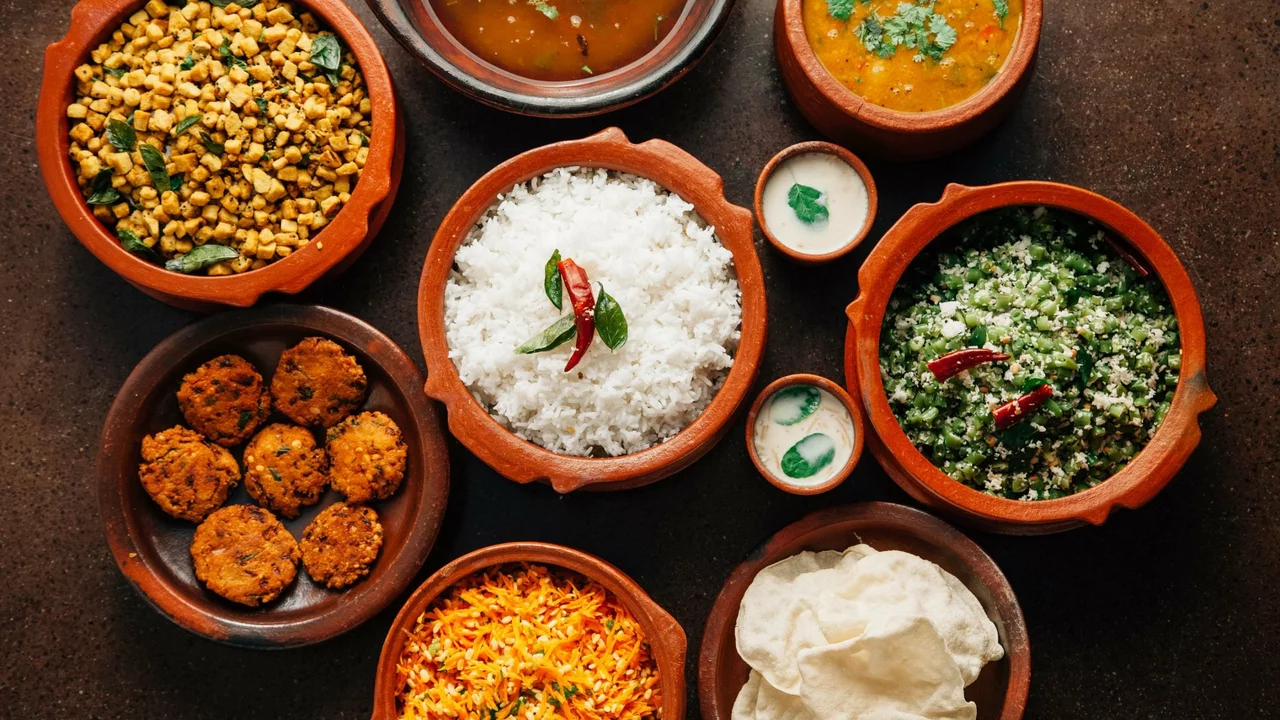Pakistani Food: What to Try and How to Enjoy It
Pakistani food hits hard on flavor and comfort. Think rich gravies, smoky kebabs, flaky breads and street snacks that make you go back for seconds. If you want to know what to order, cook, or look for at a restaurant, this short guide gives practical tips and clear dish ideas so you get the best bites every time.
Must-try dishes and what they taste like
Biryani: A layered rice dish with fragrant spices, meat (chicken, beef or mutton) and sometimes potatoes. Look for caramelized onions and a good balance of heat and aroma. Nihari: A slow-cooked beef or mutton stew, served for breakfast and late nights — deeply savory and gelatinous from long cooking. Karahi: Cooked fast in a wok-like pan, karahi has a bright tomato base and big chunks of meat; it’s spicy and fresh-tasting.
Haleem: A thick, porridge-like stew of wheat, lentils and meat — smooth and filling. Kebabs (seekh, shami, chapli): Grilled or pan-fried, these are where spice blends shine; try them with naan. Sajji: From Balochistan, whole roasted lamb or chicken, simple salt and char, juicy and smoky. Street snacks: Samosas, bun kebab, gol gappay (pani puri) and chaat—quick hits of crunch, tang and heat.
Regional styles and what to expect
Punjab: Rich, buttery dishes and bold spice. Expect hearty curries, tandoori breads and stuffed parathas. Sindh (Karachi): A melting pot — spicy biryanis, tangy pulaos and a crazy array of street foods. Khyber Pakhtunkhwa: Meat-heavy, simple spice profiles, great kebabs and chapli. Balochistan: Rustic cooking, slow-roasted meats like sajji. Northern areas offer milder, mountain-style dishes with local grains and dairy.
Spices and cooking tips: Pakistani food uses cumin, coriander, turmeric, red chili, garam masala and often kasuri methi (dried fenugreek). Use ghee or oil for depth, marinate meats for better flavor, and slow-cook tougher cuts. If you try to cook at home, start with a simple karahi or a one-pot biryani—both teach basic techniques and are forgiving if you adjust spices.
How to order and eat like a local: Ask about spice level and sauce richness. Pair rich meat dishes with plain rice or raita (yogurt salad) to cut heat. Share plates—many dishes are designed for group eating. For street food, pick busy stalls and watch how they prepare items; fresh, hot food usually means better hygiene and flavor.
Drinks and desserts: Lassi (sweet or salty yogurt drink) cools the palate. Chai (milky tea) is everywhere. For dessert, try gulab jamun, jalebi or kheer. These balance the spicy main courses with something sweet and soothing.
Final tip: Pakistani food rewards curiosity. Try one regional specialty per visit, ask for recommendations, and don’t be shy about trying street snacks. You’ll find bold flavors, comforting textures, and a food culture that’s proud, diverse and ready to surprise you.
Is it true that Pakistani food is better than Indian food?
In the debate of Pakistani food versus Indian food, it's crucial to remember that taste is subjective and varies from person to person. Both cuisines have their unique flavors and specialties, deeply rooted in their diverse cultures and traditions. While some may prefer the rich, meat-centered dishes of Pakistani cuisine, others may lean towards the vegetarian-friendly and spice-laden Indian food. It's not about which cuisine is better, but rather which one suits your personal taste buds better. Ultimately, both cuisines offer an array of delicious options that are worth exploring.
read more
